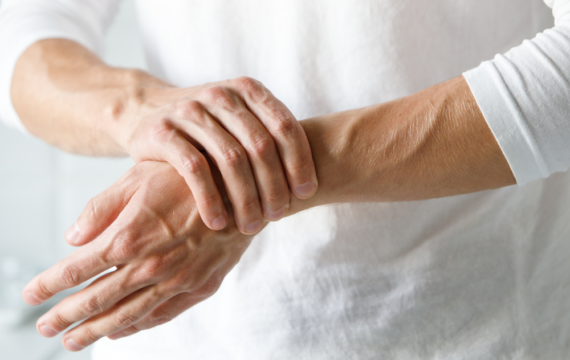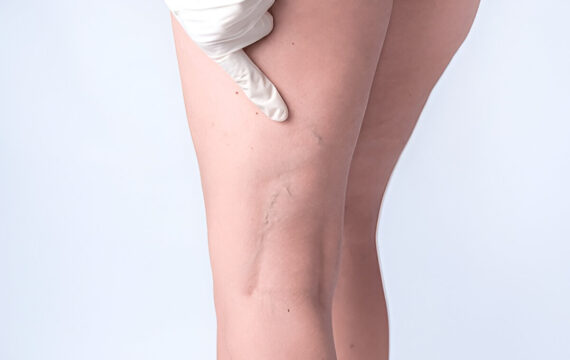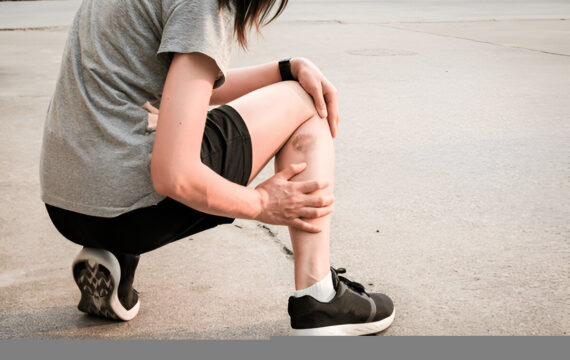Leg Pain: Arising Through Vein Conditions
Consequences stemming from venous insufficiency often manifest as leg swelling, pain, and cramping. While many individuals initially experience only cosmetic symptoms, this condition frequently progresses to more uncomfortable and potentially severe issues. Typically, the early stages involve the appearance of spider veins, which can develop into varicose veins. Among the most prevalent symptoms associated with these conditions are leg cramps and swelling. Without intervention, these problems tend to exacerbate and may evolve into chronic venous insufficiency, potentially leading to leg ulcers and notable skin changes.
Regrettably, these issues do not resolve spontaneously and tend to worsen over time, particularly with age. Untreated venous insufficiency can result in persistent leg pain, swelling, and the onset of additional medical complications. Although only a small fraction of individuals with varicose veins seek medical attention, doing so can significantly enhance long-term health outcomes. At Relevium, in New Jersey, our Harvard Trained Specialists offer minimally invasive, safe, and effective treatments, often covered by insurance, to address these concerns.
If you seek a swift and proven solution for your venous disease, consult with our experienced team of professionals. We can collaborate with you to identify the most suitable treatment option for your circumstances, empowering you to reclaim your life with renewed confidence in both health and appearance.
How common are these symptoms?
Symptoms such as leg swelling, pain, and cramping, including restless leg syndrome, are highly prevalent indicators of venous insufficiency.
What are common causes of these symptoms?
Leg pain, swelling, and cramping are primarily attributable to varicose veins. In many cases, varicose veins may be concealed beneath the skin’s surface, leading patients to overlook their association with these symptoms. Leaky veins can cause blood to pool and stagnate, resulting in leg pain, swelling, and cramping.
How can the causes be diagnosed?
The underlying causes can be identified through a physical examination conducted at a medical facility. Visible swelling and venous ultrasound examinations can confirm whether these symptoms stem from varicose veins and venous insufficiency.
What are the treatment options?
Treatment options include wearing compression stockings, engaging in regular exercise, taking antibiotics, undergoing radiofrequency ablations, sclerotherapy, and phlebectomy procedures.




